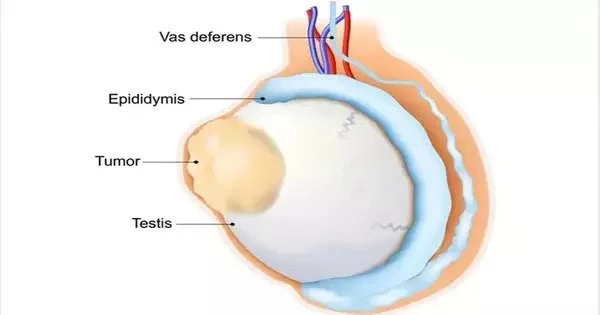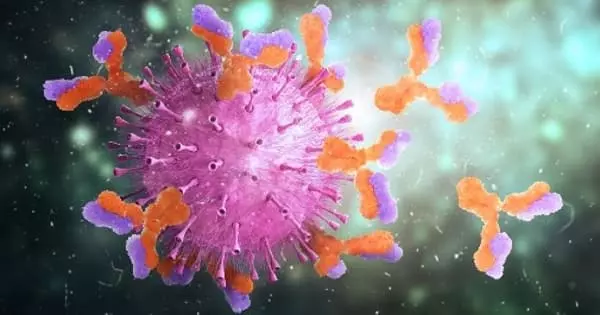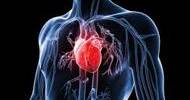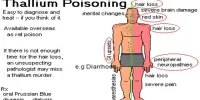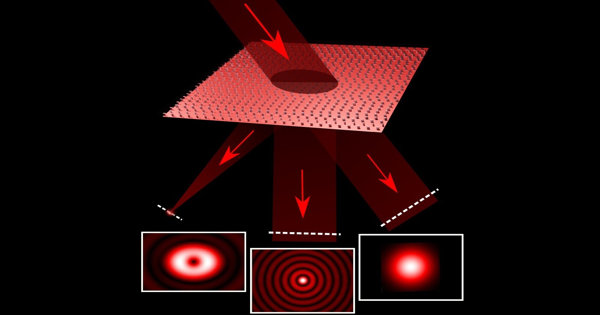Testicular cancer is a type of cancer that develops in the testicles, which are an important part of the male reproductive system. Cancer develops in the testicles, which are part of the male reproductive system. The testicles, also known as the testes, are in charge of producing sperm as well as the male sex hormone testosterone.
Testicular cancer is uncommon in comparison to other cancers, but it is the most common cancer in males aged 15 to 34. Symptoms may include a testicle lump, swelling, or pain in the scrotum. Infertility may occur as a result of treatment. It is usually curable and highly treatable. Surgery, radiation therapy, chemotherapy, or stem cell transplantation are all possible treatments. Even in cases in which cancer has spread widely, chemotherapy offers a cure rate greater than 80%.
Here are some key points about testicular cancer:
Symptoms:
- A lump or swelling in one or both testicles.
- Pain or discomfort in the testicles or scrotum.
- Changes in the size or shape of the testicles.
- Heaviness or aching in the lower abdomen or scrotum.
- Fluid collection in the scrotum.
Diagnosis:
- Self-examination: Men are encouraged to perform regular testicular self-exams to detect any abnormalities.
- Imaging tests: Ultrasound is commonly used to visualize the testicles and identify tumors.
- Blood tests: Levels of tumor markers like alpha-fetoprotein (AFP), beta-human chorionic gonadotropin (beta-hCG), and lactate dehydrogenase (LDH) may be elevated in testicular cancer.
Treatment:
- Surgery: Removal of the affected testicle (radical orchiectomy) is a common treatment.
- Radiation therapy: High-energy rays target and kill cancer cells.
- Chemotherapy: Drugs are used to kill cancer cells or stop their growth.
- Surveillance: In some cases, close monitoring may be recommended.
Risk Factors:
- Age: It primarily affects young and middle-aged men.
- Cryptorchidism: Men with undescended testicles have a higher risk.
- Family history: Having a close relative with testicular cancer may increase the risk.
- Race: It is more common in white men than in men of other races.
An undescended testis, a family history of the disease, and a previous history of testicular cancer are all risk factors. More than 95% of germ cell tumors are classified as seminomas or non-seminomas. Sex-cord stromal tumors and lymphomas are two other types. A physical exam, ultrasound, and blood tests are commonly used to make a diagnosis. The testicle is surgically removed and examined under a microscope to determine the type.
